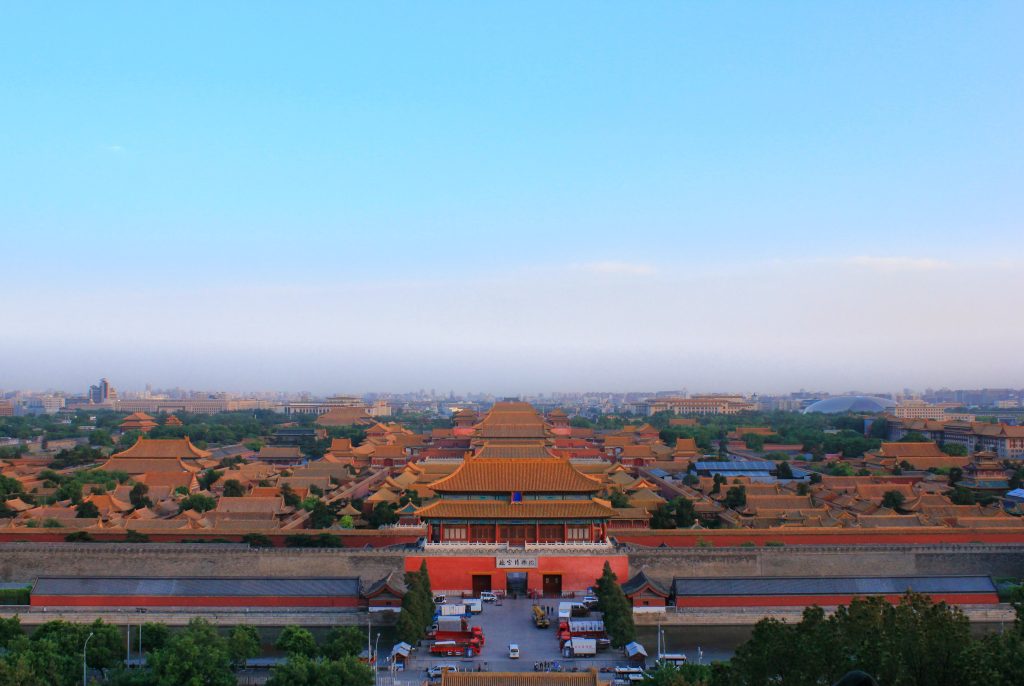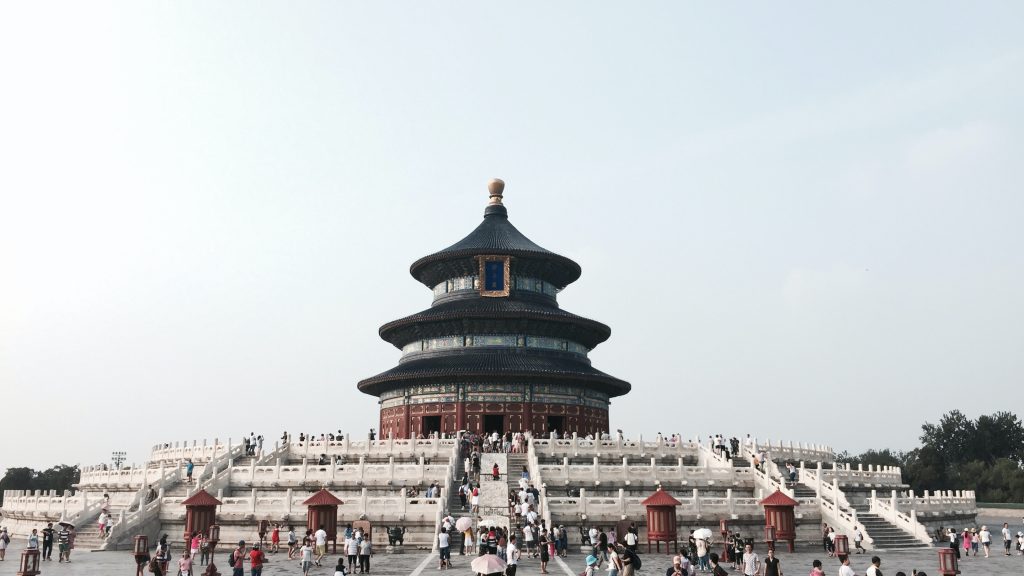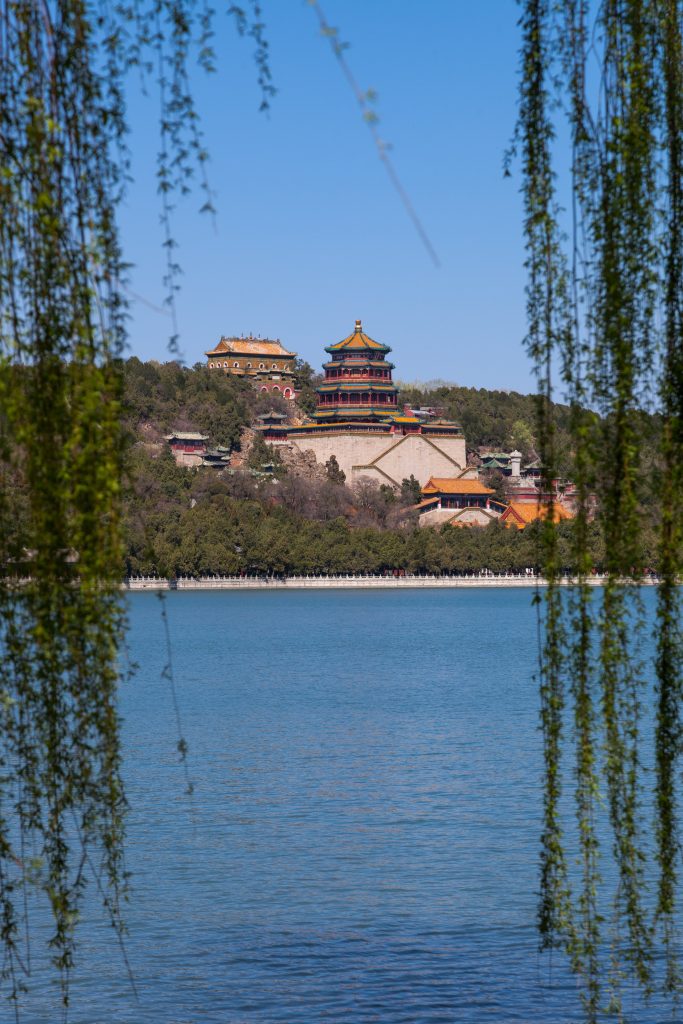Beijing
3 Tourist Attractions
Hannah R
The Forbidden City

The Forbidden City is China’s largest and best-preserved ancient building. From 1406 to 1420, it was home to 24 emperors, their families, and servants during the Ming and Qing dynasties. The Yongle emperor, Zhu Di, moved the capital, as well as his own army, to Beijing and began building a new heart of the empire. He deemed it the Forbidden City. Some important structures in the city are the:
- Wu Meridian Gate: also known as the Five-Phoenix tower, the southern entrance to the imperial palace
- Hall of Supreme Harmony: used for official celebrations, and to receive high officials; behind throne are incense burners that signify the obedience of all other kingdoms
- Imperial Garden: built in 1420 and remains unchanged in its original layout, festivals such as Dragon Boat Festival & Mid-Autumn Festival
The Temple of Heaven

The Temple of Heaven is China’s largest existing complex of ancient sacrificial buildings. In 1420, under emperor Yongle, it was the holy place for the emperors of the Ming and Qing dynasties for annual ceremonies of prayer to Heaven for a good harvest. It started out with a Hall of a Prayer for Good Harvests before expanding in 1534, as ordered by Emperor Jiajing.
On top of being an ancient temple, the Temple of Heaven is also a huge park. Inside there is a temple complex composed of three main parts: Hall of Prayer for Good Harvests, Imperial Vault of Heaven, and Circular Mound Altar. When strolling through the park, you will see local people doing various kinds of leisure activities like singing, dancing, playing instruments, playing chess, practicing kung fu, tai chi, etc.
Temple of Heaven Ritual Steps
Pre-Ceremony: Program approval and rehearsal
Days Prior:
- Incense in Vault of Heaven
- Tablets in Circular Mound Altar
- Sacrificial Articles in Storehouse of the Gods
- Stay in the Hall of Abstinence
Day of Ceremony
- Welcome Deities
- Animal Sacrifices
- Three Rounds of Offerings
- Removal of Offerings
- Burning of Some Offerings
Summer Palace

The Summer Palace is the epitome of classical Chinese architecture due to its garden design and construction. The largest royal garden in Beijing, it features the Halls of Happiness in Longevity, Jade Ripples and Yiyun, and the Hill of Longevity. It was initially conceived by the Qing emperor Qianlong between 1750 and 1764 as the Garden of Clear Ripples. The sacred building combined political, administrative, residential, spiritual, and recreational functions within a landscape of lakes and mountains.
It was destroyed during the Second Opium War of the 1850s and reconstructed by Emperor Guangxu. It wasn’t until 1924 that was it restored and used as a public park. 90% of the garden offers space for enjoying views and spiritual contemplation. There are many modest garden buildings such as the Tower of the Fragrance of Buddha, the Tower of the Revolving Archive, the Wu Fang Pavilion, the Baoyun Bronze Pavilion, and the Hall that Dispels the Clouds. Due to its high level of preservation and maintenance of the property, the Summer Palace remains a major influence on subsequent oriental garden art and culture.
Media Attributions
- yekaterina-golatkina-NRif9Z8n_CA-unsplash © Yekaterina Golatkina is licensed under a CC BY (Attribution) license
- Temple of Heaven, China by Unsplash © Ayrton Tang is licensed under a CC BY (Attribution) license
- chi-chen-KaeRySVJC58-unsplash © CHI CHEN is licensed under a CC BY (Attribution) license

